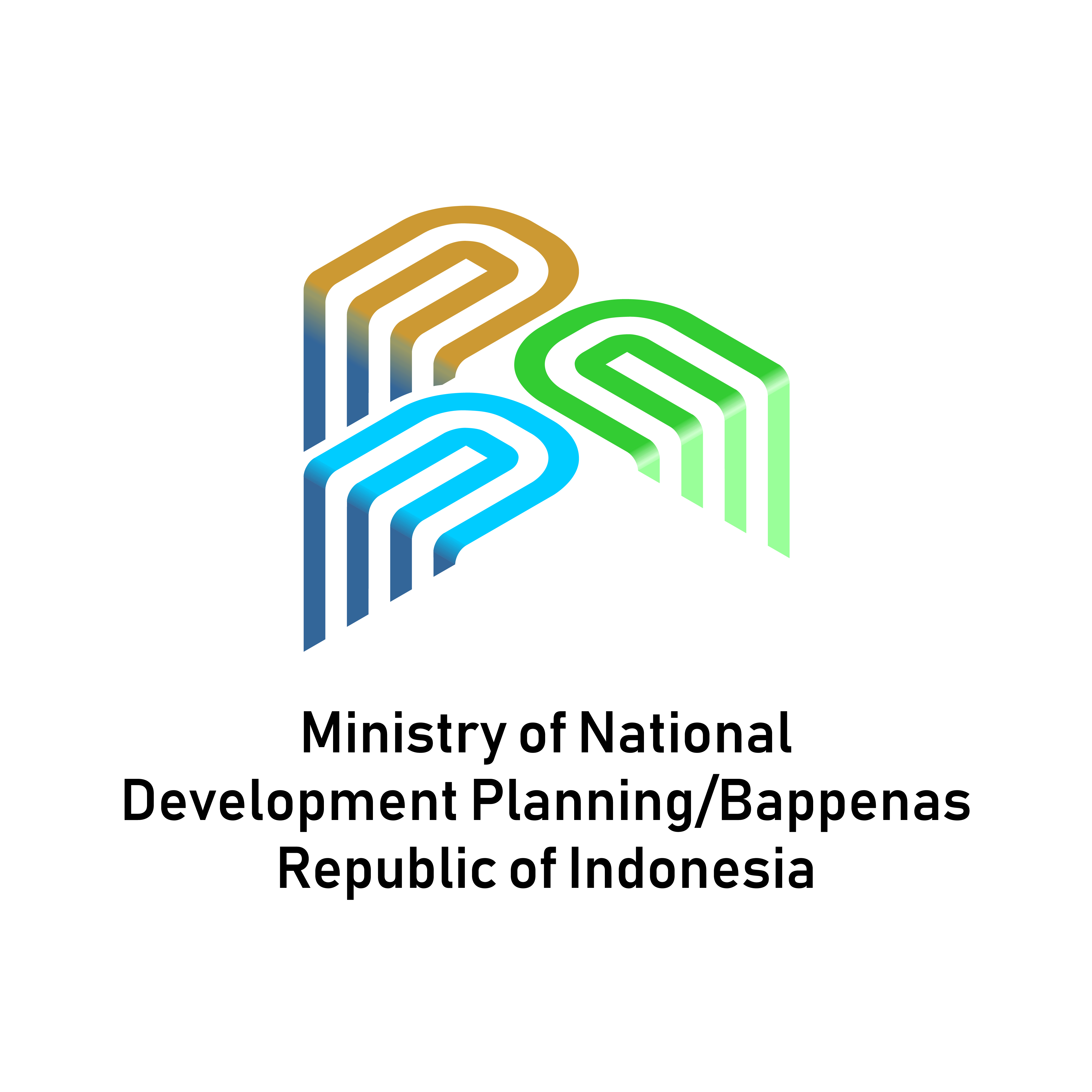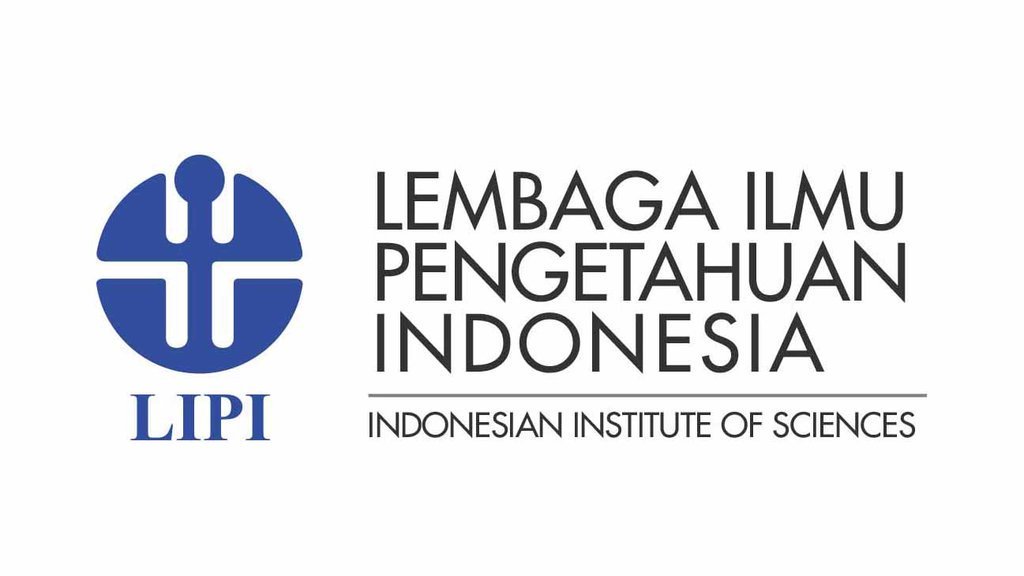Airflow Study of A Closed Room in the Public Spaces and Mass Transportation for Healthy and Safe from The Transmission of Covid19
DOI:
https://doi.org/10.36574/jpp.v5i1.158Keywords:
COVID-19; reducing transmission; engineering air flow; public space; mass transport; contact angleAbstract
We present engineering airflow to intercept the transmission of Covid19 in public spaces and public transportations, which relatively fast and simple. This technique is to suppress effectively and as massive as possible the spread of aerosols and droplets contaminated with the COVID-19 virus that is flying in the air by providing a vertical downward flow using fans placed on the ceilings and the use of floors of the certain material so that aerosol and microdroplets will not bounce back up, difficult to roll, and firmly attached to the floor. The numerical airflow simulation shows that positioning the fan on the ceiling of the room will cause the air particle to move faster downward, which will push the microdroplets to fall to the floor more quickly, so that the microdroplets and aerosols will quickly move away from the most risk organs from the transmission, namely the mouth and nose. The contactangle test results on several floor materials always show a value of fewer than 90 degrees. These phenomena cause microdroplets or aerosols that fall to the floor will stick tightly and not easily roll. This phenomenon will cause the room to be more sterile from aerosols and microdroplets that may be contaminated with Covid19. The room will be healthier and safer. This technique can be a solution that is relatively inexpensive and simple to implement on a field scale and is very effective in reducing the radius of the spread of droplets or aerosols in closed spaces, both public spaces and public transportation, such as trains and city buses which are very susceptible to Covid19 transmission.Downloads
References
Aganovic, A., Cao, G., Stenstad, L.-I., & Skogås, J. G. (2017). Impact of surgical lights on the velocity distribution and airborne contamination level in an operating room with laminar airflow system. Building and Environment, 126, 42–53. https://doi.org/10.1016/j.buildenv.2017.09.024
Bodey, G., Freireich, E., & Frei, E. (1969). Studies of patients in a laminar air flow unit. Cancer, 24(5), 972–980. PubMed. https://doi.org/10.1002/1097-0142(196911)24:5<972::aid-cncr2820240516>3.0.co;2-k
Di Mundo, R., Petrella, A., & Notarnicola, M. (2018). Surface and bulk hydrophobic cement composites by tyre rubber addition. Construction and Building Materials, 172, 176–184. https://doi.org/10.1016/j.conbuildmat.2018.03.233
Evans, R. P. (2011a). Current Concepts for Clean Air and Total Joint Arthroplasty: Laminar Airflow and Ultraviolet Radiation: A Systematic Review. Clinical Orthopaedics and Related Research®, 469(4), 945–953. https://doi.org/10.1007/s11999-010-1688-7
Evans, R. P. (2011b). Current Concepts for Clean Air and Total Joint Arthroplasty: Laminar Airflow and Ultraviolet Radiation: A Systematic Review. Clinical Orthopaedics and Related Research®, 469(4), 945–953. https://doi.org/10.1007/s11999-010-1688-7
Friberg, B. (1998). Ultraclean Laminar Airflow ORs. AORN Journal, 67(4), 841–851. https://doi.org/10.1016/S0001-2092(06)62647-1
Hindawi, S. I., Hashem, A. M., Damanhouri, G. A., El-Kafrawy, S. A., Tolah, A. M., Hassan, A. M., & Azhar, E. I. (2018). Inactivation of Middle East respiratory syndrome-coronavirus in human plasma using amotosalen and ultraviolet A light. Transfusion, 58(1), 52–59. https://doi.org/10.1111/trf.14422
Holder, C. D. (2012). The relationship between leaf hydrophobicity, water droplet retention, and leaf angle of common species in a semi-arid region of the western United States. Agricultural and Forest Meteorology, 152, 11–16. https://doi.org/10.1016/j.agrformet.2011.08.005
Morawska, L., & Milton, D. K. (2020). It Is Time to Address Airborne Transmission of Coronavirus Disease 2019 (COVID-19). Clinical Infectious Diseases, 71(9), 2311–2313. https://doi.org/10.1093/cid/ciaa939
Nurhandoko, B. E. (2020, March 24). Spektrum Sinar Matahari mengandung Desinfektan Alami. https://www.researchgate.net/publication/340130061_Spektrum_Sinar_Matahari_mengandung_Desinfektan_Alami
Riediker, M., & Tsai, D.-H. (2020). Estimation of Viral Aerosol Emissions From Simulated Individuals With Asymptomatic to Moderate Coronavirus Disease 2019. JAMA Network Open, 3(7), e2013807–e2013807. https://doi.org/10.1001/jamanetworkopen.2020.13807
Sagripanti, J.-L., Voss, L., Marschall, H.-J., & Lytle, C. (2012). Inactivation of Vaccinia Virus by Natural Sunlight and by Artificial UVB Radiation. Photochemistry and Photobiology, 89. https://doi.org/10.1111/j.1751-1097.2012.01207.x
Satgas Penanganan COVID-19. (2021). Lonjakan kasus dampak abaikan protokol kesehatan. https://covid19.go.id/berita/lonjakan-kasus-dampak-abaikan-protokol-kesehatan
Thomas, S., Thomas, R., Zachariah, A., & Mishra, R. (2017). Thermal and Rheological Measurement Techniques for Nanomaterials Characterization. In Thermal and
Bagus Endar B. Nurhandoko, Rio K. Martha, Kaswandhi Triyoso, Satryo Wibowo, and Sri Widowati31Rheological Measurement Techniques for Nanomaterials Characterization. https://doi.org/10.1016/B978-0-323-46139-9.18001-6
Toho University. (2020). SARS-CoV-2 Coronavirus Micro-droplets—NHK World report. https://www.youtube.com/watch?v=vBvFkQizTT4
Tran, K., Cimon, K., Severn, M., Pessoa-Silva, C., & Conly, J. (2013). Aerosol-Generating Procedures and Risk of Transmission of Acute Respiratory Infections: A Systematic Review. CADTH Technology Overviews, 3, e3201.
Weiss, M., Weiss, P., Weiss, D., & Weiss, J. (2007). Disrupting the Transmission of Influenza A: Face Masks and Ultraviolet Light as Control Measures. American Journal of Public Health, 97 Suppl 1, S32-7. https://doi.org/10.2105/AJPH.2006.096214
WHO. (2019). WHO Infection Prevention and Control Guidance for COVID-19. https://www.who.int/emergencies/diseases/novel-coronavirus-2019/technical-guidance/infection-prevention-and-control
WHO. (2020). Modes of transmission of virus causing COVID-19: Implications for IPC precaution recommendations. https://www.who.int/news-room/commentaries/detail/modes-of-transmission-of-virus-causing-covid-19-implications-for-ipc-precaution-recommendations
Downloads
Published
How to Cite
Issue
Section
License
This is an open-access article distributed under the terms of the Creative Commons Attribution-NonCommercial-ShareAlike 4.0 International License. Copyright © Kementerian PPN/Bappenas RI


















